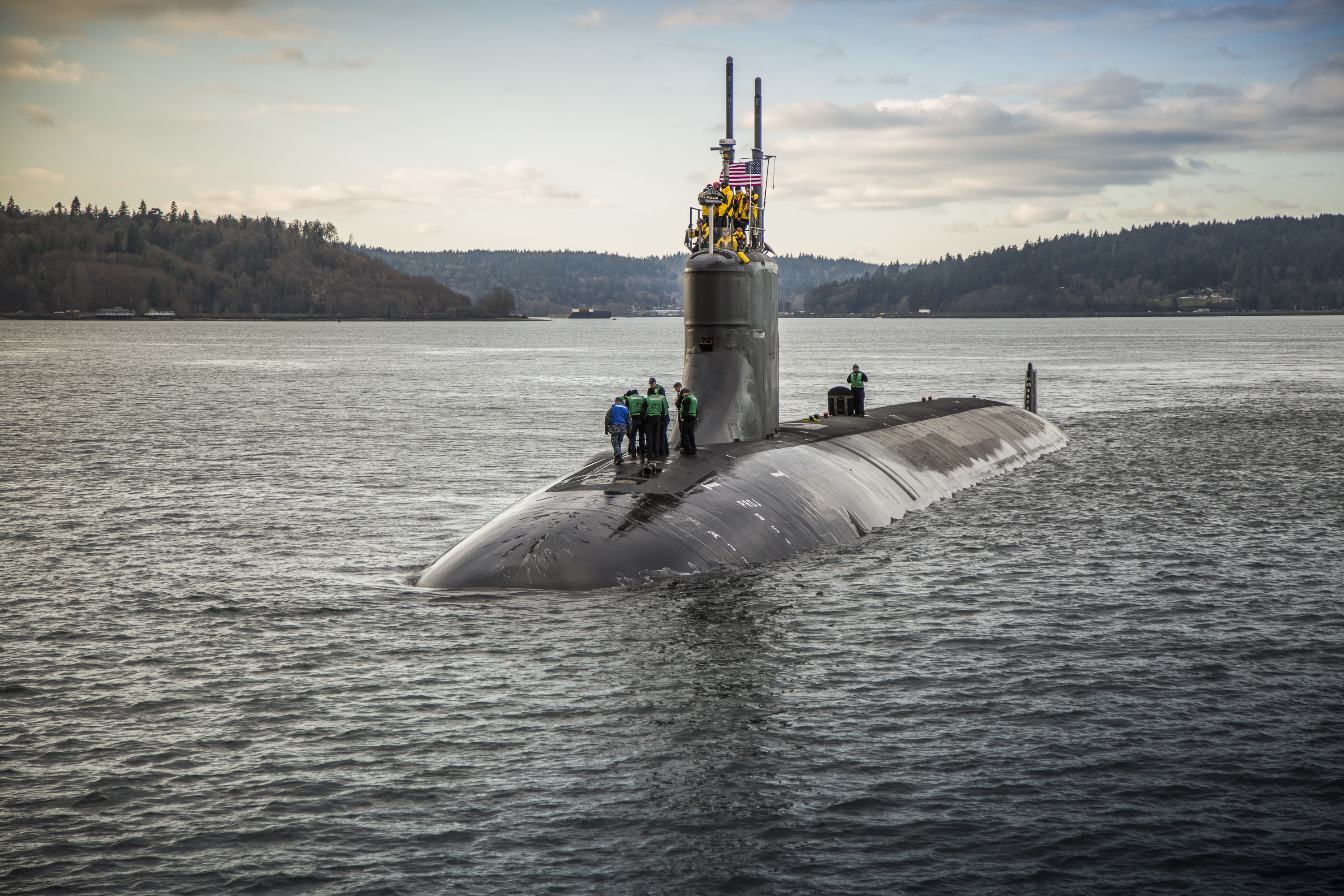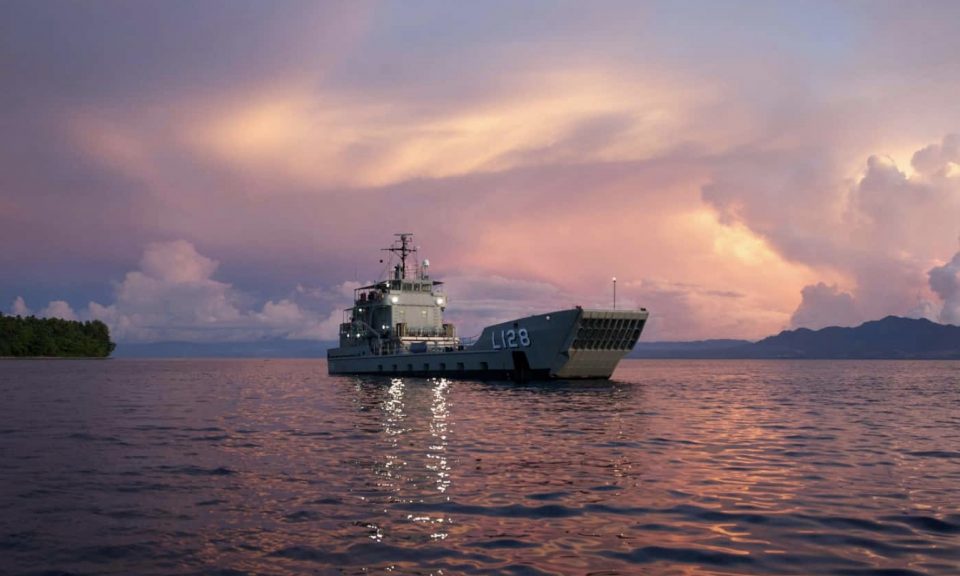The USS Connecticut, a US Navy nuclear-powered fast-attack submarine that collided with a seamount in the South China Sea nearly two years ago, will not be operational until at least early 2026, according to reports.
US ‘Threatens’ Russia With F-22 Raptors; Deploys ‘World’s Best’ Fighters To Middle East To Counter RuAF Su-35 Jets
This prolonged timeline contributes to a mounting backlog of maintenance overhauls, a matter of concern for the United States as it confronts an expanding Chinese naval presence.
The USS Connecticut, a state-of-the-art Seawolf submarine, encountered an uncharted seamount in October 2021, significantly damaging its bow and lower rudder.
The estimated cost of repairs is approximately $80 million, Bloomberg reported. However, the extended timeline for the submarine’s return to service sheds light on underlying maintenance challenges faced by the Navy’s shipyards.
The USS Connecticut is one of three nuclear-powered Seawolf-class submarines in the US Navy’s fleet. These submarines, originally designed to combat the Soviet Union, are the largest attack submarines in service.

The Navy characterizes this class as being exceptionally quiet, fast, well-armed, and equipped with advanced sensor systems. The USS Connecticut boasts eight torpedo tubes and can store up to 50 weapons in its torpedo room.
“Connecticut’s repair saga underscores the Navy’s lack of repair surge capacity,” said Diana Maurer, a director of the Government Accountability Office’s defense readiness evaluations. “That, in turn, raises questions about how the Navy would execute battle damage repairs in the event of a conflict.”
The Government Accountability Office (GAO) has consistently highlighted the issue of delays impacting the readiness of Navy submarines in recent years. Defense officials and lawmakers widely regard the US submarine force as having a crucial advantage over the numerically superior Chinese Navy.
However, a report by the GAO on US capabilities vis-à-vis China revealed that the Navy experienced a loss of 10,363 operational days between 2008 and 2018. This extensive period, equivalent to over 28 years, was attributed to delays in the entry and exit of submarines from shipyards.
The USS Connecticut is presently docked at a naval shipyard in Washington state, awaiting the commencement of a scheduled maintenance period that was originally set to begin in February.
However, the maintenance is now anticipated to commence next month due to the need for enhancements to fortify the dry dock against earthquake tremors, as stated by the Navy.
US Secures’ Unrestricted’ Access To Papua New Guinea Military Bases
Amid the escalating tensions between the United States and China, the United States military has secured “unimpeded access” to major defense facilities in Papua New Guinea (PNG).
This access includes the joint PNG-Australia Lombrum Naval Base on Manus Island as part of a comprehensive Defense Cooperation Agreement.
The move is seen as an effort by the United States to strengthen its military presence and capabilities in the region, countering China’s expanding influence.
After being signed last month, the 15-year Defense Cooperation Agreement (DCA) between Papua New Guinea (PNG) and the United States has been publicly disclosed for the first time following its presentation in PNG’s parliament.
The DCA replaces the previous Status of Forces Agreement and aims to enhance military collaboration between the two countries. However, the agreement has faced significant domestic criticism despite its intended purpose of strengthening bilateral ties.

The DCA provides “unimpeded access” for “mutually agreed activities” to various facilities, including the Lombrum Naval base, Port Moresby Seaport, and airports in Port Moresby, Lae, and Momote.
The granted access encompasses a range of operations, such as surveillance, reconnaissance activities, bunkering of vessels, and the staging and deployment of forces.
In particular, access to the Lombrum Naval base holds strategic significance as it could be utilized to strengthen US facilities in Guam to the north, particularly in a potential conflict related to Taiwan.
Papua New Guinea Prime Minister James Marape has faced the challenge of defending the agreement against protests and criticism, as some opponents question whether the country is compromising its sovereignty.
Marape said in parliament that the country’s military had experienced a decline over the years and stressed the significance of a robust military in upholding sovereignty.
Due to its rich natural resources and strategic proximity to crucial shipping routes, Papua New Guinea has become increasingly entangled in a diplomatic rivalry between Washington and Beijing. The nation finds itself at the center of this tug-of-war, with both superpowers seeking to exert influence in the region.
- Contact the author at ashishmichel(at)gmail.com
- Follow EurAsian Times on Google News




